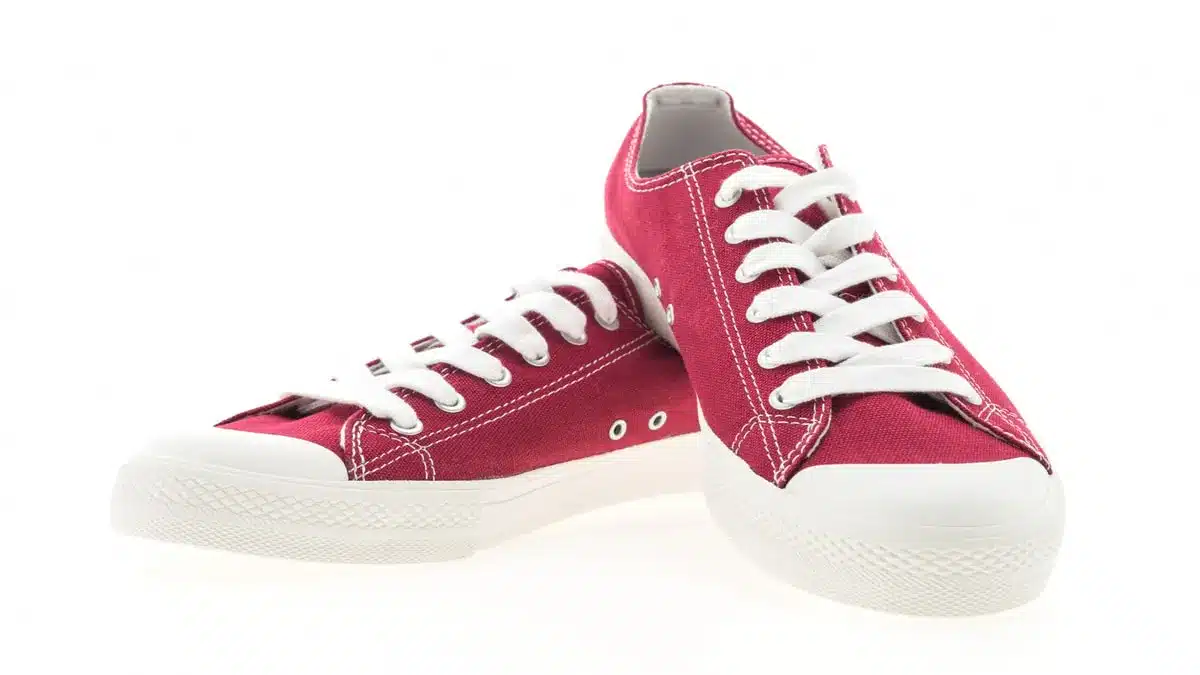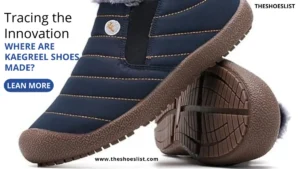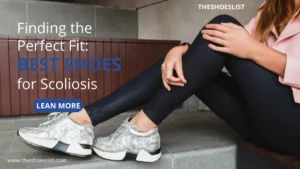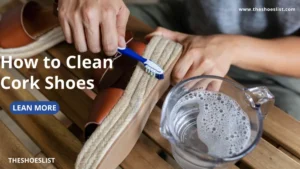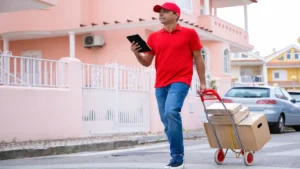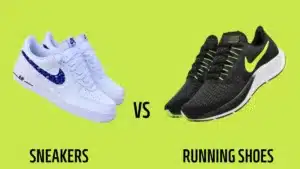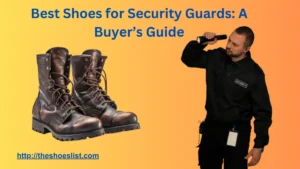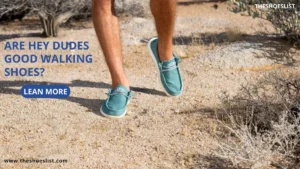Are Vans Non Slip Shoes for Restaurants? Restaurant footwear must be slip-resistant to ensure safety in fast-paced, high-traffic environments. Among restaurant workers seeking comfortable and stylish footwear, Vans is a popular choice. Is Van’s non-slip footwear suitable for the demanding conditions of restaurant work? This article explains how to assess the suitability of Vans shoes for restaurant environments based on their slip resistance.
The purpose of this blog is to explore whether Vans can meet these safety demands while maintaining its signature style. By evaluating their non-slip features, performance on wet surfaces, slip resistance in rainy conditions, sockless wear, and effectiveness on slippery restaurant floors, we answer the question, “Are Vans non slip shoes for restaurants?“.
The Vans Brand and Its Appeal
Vans, the well-known footwear brand, started in skateboarding but has grown into a global sensation. A wide range of people enjoy its unique style and comfort. With its canvas upper and rubber sole, Vans has become a fashion icon. As we move into the core topic of non-slip features, we’ll explore whether Vans can seamlessly add non-slip functionality to their stylish and comfortable shoes, addressing the question, “Are vans non slip shoes for restaurants?”.
Can You Wear Vans Non-Slip Shoes at a Restaurant?
An overview of these Vans shoes designed specifically to address slip resistance needs
Vans for Restaurant Work
The central question of whether Vans is appropriate for restaurant work is the focus of this segment. Assess the practicality of Vans non-slip shoes within the demanding restaurant environment. Key factors such as comfort, durability, and, most importantly, slip resistance will be examined.
Restaurant Dress Code Considerations
Many restaurants maintain specific dress codes that their employees must adhere to. Ensuring that your footwear not only provides safety but also meets workplace standards is essential when considering Vans for restaurant wear.
Are Vans Good for Wet Surfaces?
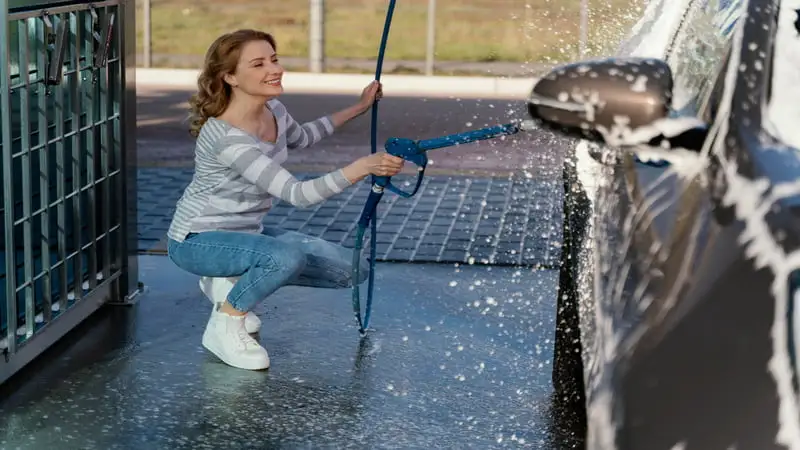
Vans’ Water-Resistant Properties
Closely examine the materials and design elements incorporated into these shoes that contribute to their water resistance. By understanding these properties, you’ll gain valuable insights into how Vans non-slip shoes can effectively handle wet surfaces, helping you make an informed decision about their suitability for your needs.
Comparing Vans to Other Non-Slip Shoe Brands
To provide a broader perspective, we’ll compare Vans to other leading non-slip shoe brands. This comparative analysis will help you assess whether Vans outshines its competitors when it comes to handling wet surfaces and maintaining slip resistance, ensuring you make an informed choice for your specific needs.
Are Vans Slippery in the Rain?
Vans’ Traction in Rainy Conditions
Thoroughly examine the traction and grip provided by Vans shoes when faced with wet conditions. By understanding how Vans handles rain, readers will gain insights into their suitability for inclement weather.
Van Traction Tips in Wet Weather
- Choose the Right Vans Model: Opt for Vans with patterned or textured soles for better grip on wet surfaces.
- Inspect and Maintain: Regularly check your Vans for sole wear and replace them if necessary to maintain traction.
- Use Water-Repellent Products: Apply water-repellent sprays or coatings to protect against moisture and preserve traction.
- Watch Your Step: Walk cautiously on wet surfaces, take smaller steps, and distribute your weight evenly to reduce slipping risk.
- Keep Your Vans Clean: Clean the soles regularly to remove mud and debris that can compromise traction.
By following these tips, individuals can make the most of their Vans shoes in wet weather conditions while prioritizing safety and traction.
Can I Wear Slip On Vans Without Socks?
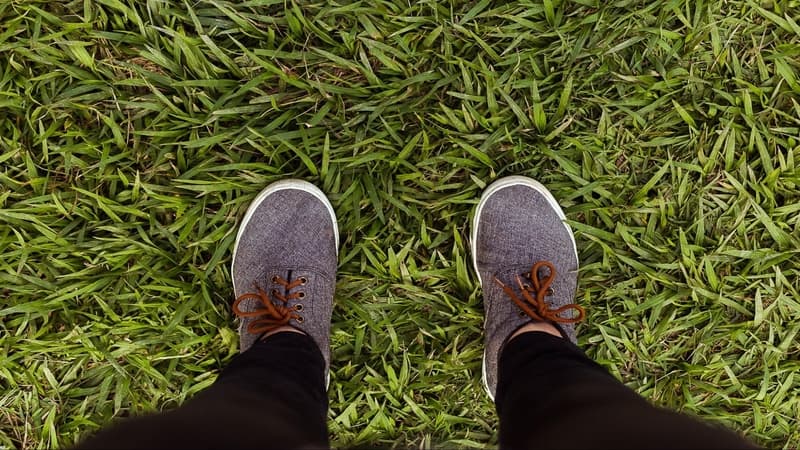
Evaluating Vans Sans Socks
When considering going sockless with slip-on Vans, two crucial aspects come into play:
- Comfort: We’ll assess the comfort of wearing slip-on Vans directly on the skin, considering factors like fit, material, and the potential for issues like blisters or discomfort arising from sockless wear.
- Hygiene: Hygiene is a critical concern when going sockless. Going sockless can lead to moisture buildup, foot odor, bacterial growth, and potential discomfort. Proper hygiene and preventive measures are essential for a comfortable sockless experience.
Tips for Sockless Wear with Vans
For those choosing sockless wear with slip-on Vans, here are some practical tips:
- Breathable Sock Alternatives: Consider no-show socks or breathable sock liners to reduce friction and manage moisture.
- Insoles for Comfort: Use cushioned insoles or gel inserts for added comfort and to prevent blisters.
- Foot Hygiene: Keep feet clean and dry, using footpowder if needed.
- Rotate Your Shoes: Allow slip-on Vans to air out between wears to prevent odors and microbial growth.
- Regular Cleaning: Wipe shoes with a damp cloth and mild detergent, and let them air dry to combat odors.
- Foot Deodorants: Apply foot deodorants or sprays before wearing Vans to maintain freshness.
- Gradual Adjustment: If you are new to sockless wear, ease into it by starting with shorter durations and gradually increasing wear time as your feet adapt.
Addressing Concerns and Drawbacks
Going sockless with slip-on Vans has its potential concerns:
1. Blisters and Discomfort: Initially, you may experience blisters or discomfort. Gradual wear and insoles can help.
2. Odor and Moisture: Moisture buildup can lead to odors. Maintain foot hygiene, use foot sprays, and clean your shoes.
3. Hygiene Challenges: Foot hygiene can be tricky without socks. We’ll discuss strategies and when to consider no-show socks.
4. Shoe Maintenance: Slip-on Vans may need more frequent cleaning. Learn how to care for them properly.
Are Vans Good for Slippery Floors?
Vans Slip-Resistance to Work Shoes
Vans incorporate various slip-resistant design elements, including unique sole tread patterns, rubber outsoles for enhanced traction, wider contact areas, textured soles, vulcanized construction for stability, grippy insoles, and non-marking soles. Some Vans models even carry oil and slip resistance certifications, although these features can vary depending on the specific model.
When we compare Vans to dedicated work shoe brands, we conduct a comprehensive evaluation that considers slip-resistant features, durability, comfort, and overall performance. This thorough analysis helps us understand how Vans fares in comparison to established work shoe brands across different work environments, including restaurant settings.
Conclusion
Vans non-slip shoes are a potential choice for restaurant work, offering slip-resistant features that can enhance safety in challenging conditions. However, the suitability of Vans depends on factors like the specific model, restaurant flooring, and individual preferences. They may require additional care and consideration for optimal performance. Are Vans non slip shoes for restaurants? They can be effective with informed selection and maintenance.
